 W
WAnonychomyrma murina is a species of ant in the genus Anonychomyrma. Described by Emery in 1911, the species is endemic to New Guinea.
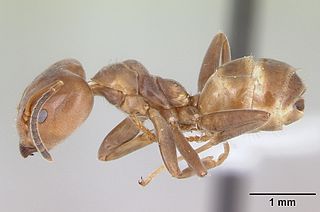 W
WAzteca adrepens is a species of ant in the genus Azteca. Described by Forel in 1911, the species is endemic to Paraguay.
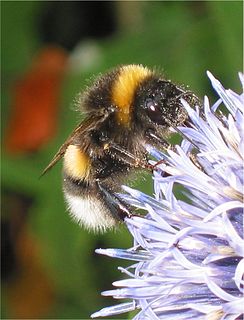 W
WBombus magnus is a species of bumblebee. It is native to Europe. It is known by the common name northern white-tailed bumblebee.
 W
WBradinopyga cornuta is a species of dragonfly in the family Libellulidae known by the common names horned rock-dweller and flecked wall-skimmer. It is native to much of southeastern Africa, where it is widespread. It lives in open habitat around rock pools. It is threatened by water pollution, but it is not considered to be endangered.
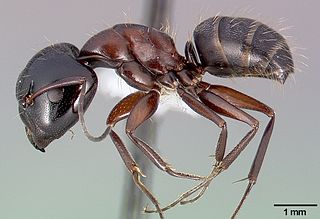 W
WCamponotus anthrax is a species of ant in the subgenus Camponotus (Myrmentoma). It is endemic to western North America.
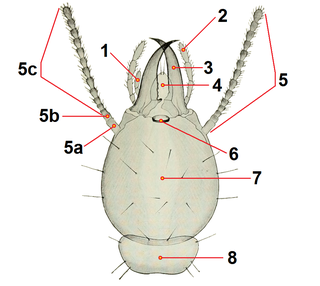 W
WCoptotermes ceylonicus, is a species of subterranean termite of the genus Coptotermes. It is native to India and Sri Lanka. It is a common wood destroying termites, which damage to logs, woodens structures of both natural and man-made. It is a pest of many economically valuable trees such as Hevea brasiliensis and Camellia sinensis, and also an inhabitant of Anacardium occidentale, Cocos nucifera, Ficus fergusonii, Gliricidia sepium, Grevillea robusta, Madhuca longifolia, Tamarindus indica and Theobroma cacao.
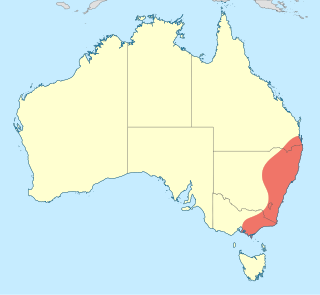 W
WCordulephya montana is a species of dragonfly of the family Cordulephyidae, commonly known as the mountain shutwing. It inhabits streams in eastern New South Wales, Australia.
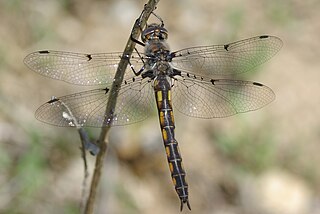 W
WThe dot-winged baskettail is a dragonfly of the family Corduliidae. Their flight season extends from January to July, slightly later than the other baskettails. The easiest specimens to identify are those with the characteristic spots on the hindwing that give the species its name. Individuals without these spots are difficult to distinguish from the other species in this genus. The caudal appendages differ between the species and can be compared with known drawings or close-up photos.
 W
WEpeorus fragilis is a species of flatheaded mayfly in the family Heptageniidae. It is found in North America.
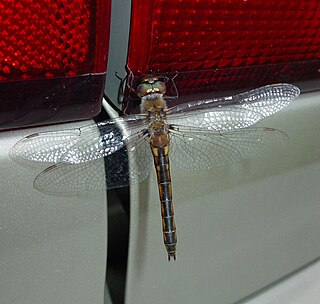 W
WEpitheca stella, the Florida baskettail, is a species of emerald dragonfly in the family Corduliidae. It is found in North America.
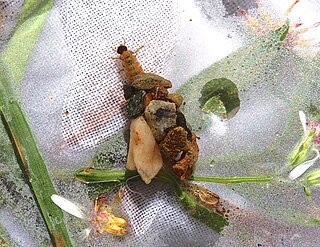 W
WGlossosoma nigrior is a species of little black caddisfly in the family Glossosomatidae. It is found in North America.
 W
WHemicordulia superba is a species of dragonfly in the family Corduliidae, known as the superb emerald. It inhabits rivers, pools and lakes in south-eastern Queensland and northern New South Wales in Australia.
 W
WHesperocordulia is a genus of dragonflies in the family Austrocorduliidae, endemic to south-western Australia.
 W
WHesperocordulia is a genus of dragonflies in the family Austrocorduliidae, endemic to south-western Australia.
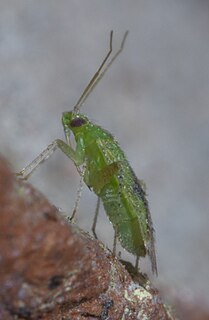 W
WKeltonia tuckeri is a species of plant bug in the family Miridae. It is found in Central America, North America, and South America.
 W
WLathrocordulia is a genus of dragonfly in the family Austrocorduliidae, endemic to Australia. Species of Lathrocordulia are medium-sized, bronze to black dragonflies without pale markings,
 W
WLathrocordulia metallica is a species of dragonfly in the family Austrocorduliidae, known as the Western swiftwing. It is a medium-sized, bronze to black coloured dragonfly without pale markings, endemic to south-western Australia, where it inhabits streams.
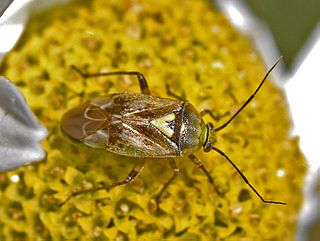 W
WLygus rugulipennis, common name European tarnished plant bug, is a species of plant bugs of the family Miridae.
 W
WMachiloides banksi is a species of rock bristletail, family of basal insects belonging to the order Archaeognatha, in the genus Machiloides.
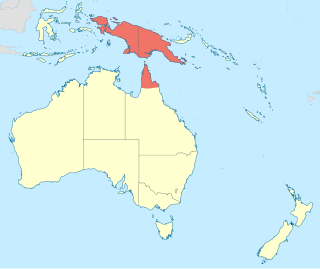 W
WMacromia viridescens is a species of dragonfly in the family Macromiidae, known as the rainforest cruiser. It is a large, black to metallic green dragonfly with yellow markings on its thorax, dark metallic green on its abdomen, clear wings and long legs. It is found on Cape York in northern Queensland, Australia, and New Guinea, where it inhabits streams.
 W
WMegarhyssa greenei is a species of large ichneumon wasps. It is known from the United States and Canada. It is very similar in appearance to Megarhyssa macrurus, but the latter species has a relatively longer ovipositor, and usually has more extensive dark wing markings. M. greenei also lacks the dark striping on the face present on M. macrurus.
 W
WMelipona subnitida is a neotropical bee species in the Apidae family found in the dry areas of Northeastern Brazil. This species of stingless bees practices single mating, monogynous habits.
 W
WMetapone greeni is a species of ant of the subfamily Myrmicinae which can be found in Sri Lanka.
 W
WNeduba sierranus, the sierra shieldback, is a species of shield-backed katydid in the family Tettigoniidae. It is found in North America.
 W
WNeurothemis terminata is a species of dragonfly in family Libellulidae. Neurothemis terminata is a widespread and often common species which can occur in man-made habitats, from Peninsular Malaysia and Japan to the Lesser Sundas in Indonesia.
 W
WPachymantis bicingulata is a species of praying mantis found in Malaysia, Sumatra, Java, and Borneo.
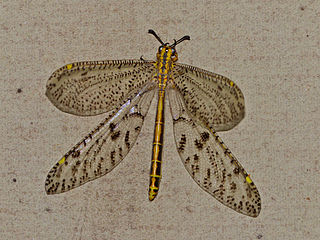 W
WPalpares sobrinus is a species of antlion in the family Myrmeleontidae. It is found in southern Africa.
 W
WPhaonia siebecki is a species of fly which is distributed across parts the Palaearctic.
 W
WPolyergus samurai is a species of slave-making ant in the subfamily Formicinae.
 W
WPolytribax pallescens is a species of ichneumon wasp in the family Ichneumonidae.
 W
WPseudomasaris coquilletti is a species of pollen wasp in the family Vespidae.
 W
WRhyacophila carolina is a species of free-living caddisfly in the family Rhyacophilidae. It is found in North America.
 W
WSerratella serrata is a species of spiny crawler mayfly in the family Ephemerellidae. It is found in North America.
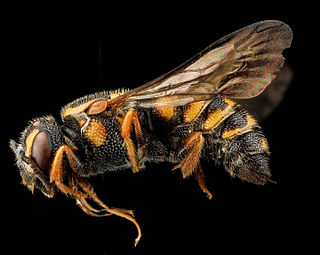 W
WStelis louisae is a bee in the genus Stelis. It was described by Theodore Dru Alison Cockerell in 1911. Synonyms include Stelis floridana. It is found in the eastern United States. It is active from March to September and has been found on Helianthus.
 W
WThe Synthemistidae are the family of dragonflies commonly known as tigertails, or sometimes called southern emeralds. This family has seven genera and forty-three species; they look similar to corduliid and gomphid dragonflies. This family is sometimes treated as a subfamily of Corduliidae. This is an ancient dragonfly family, with some species occurring in Australia and New Guinea. Most species are small in size and have narrow abdomens. Their nymphs are bottom dwellers, and resist droughts by burying themselves very deeply. Synthemistid dragonflies frequently prefer marshy areas, as well as fast-flowing streams. The family Synthemistidae is sometimes called Synthemidae.
 W
WTapinoma simrothi is a species of ant in the genus Tapinoma. Described by Krausse in 1911, the species is endemic to many countries spanning in Africa, Asia and Europe.
 W
WTapinoma subtile is a species of ant in the genus Tapinoma. Described by Santschi in 1911, the species is endemic to various countries in Africa.
 W
WTeloganopsis deficiens, the little black quill, is a species of spiny crawler mayfly in the family Ephemerellidae. It is found in North America.
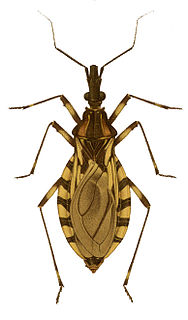 W
WTriatoma brasiliensis Neiva, 1911 is now considered the most important Chagas disease vector in the semiarid areas of northeastern Brazil. T. brasiliensis occurs in 12 Brazilian states, including Maranhão, Piauí, Ceará, Rio Grande do Norte, and Paraíba. T. brasiliensis is native to this part of Brazil, and thus persists in the natural environment. This species of Kissing Bug has the greatest potential to spread Chaga's disease due to its distribution over large areas where numerous people reside. Triatoma species are commonly called Kissing Bugs because they bite around the mouth where skin is thinner. T. brasiliensis also has the greatest potential to colonize new areas and spread throughout northeastern parts of Brazil. This makes control problematic.
 W
WTrinervitermes trinervoides is a species of termite belonging to family Termitidae. It is native to and widespread in southern Africa where it inhabits mesic to semi-arid grasslands. Due to the snout on the head of soldiers, and their grass collecting habits, they are known as snouted harvester termites.